Last Updated on January 18, 2025
Unearth the Connection between Xeriscaping and Efficient Tire Usage
How used tires are being used for landscaping – rubber mulch, paths, retaining walls:
As the need to conserve water grows, so does the popularity of Xeriscaping. With Xeriscaping, you can reuse old tires in creative ways. This is in keeping with the spirit of conservation and sustainability that characterizes xeriscaping as a practice.
Above all, Xeriscaping is an environmentally sound method that replaces costly and water-consuming grasses with plants native to your environment. These plants require very little water compared to lawns, and they’re gorgeous. Rocks, bark, and pathways fill out the space between plants. Old tires complement the space, too.
Ready to learn what it takes to xeriscape your space? You can either do it yourself or hire a professional. This mini-guide provides an overview of best practices and equipment so that you can decide for yourself.
In an era where sustainability is paramount, Xeriscaping stands out as a beacon for eco-friendly gardening. But have you ever wondered how your tire choices can align with such sustainable practices? Let’s dive into the captivating world of Xeriscaping and uncover its surprising connection with efficient tire use.
Natural Design Best Practices
Xeriscaping is about coming close to nature in the same way a landscape painter imitates the appearance of a scene. Fortunately, you don’t have to be versed in specialized techniques like you do with painting. You have to have a reasonable appreciation of your native environment.
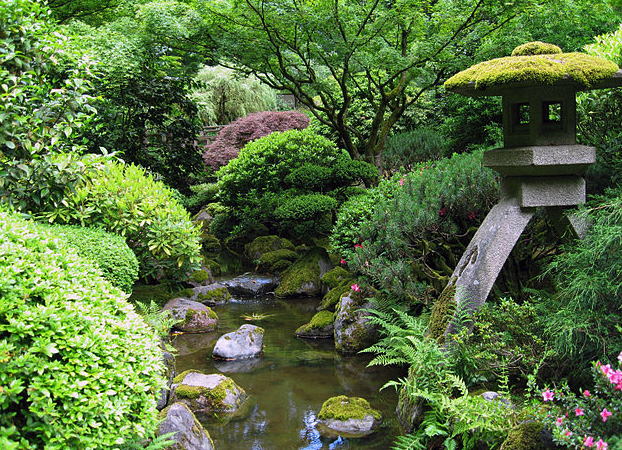
Award-winning co-author of Garden Revolution: How Our Landscapes Can Be a Source of Environmental Change, Larry Weaner identifies the elements of natural design:
- Appreciate the beauty of nature: Study a landscape, such as an old field, and note the diversity of plants that make it beautiful
- Prioritize native growth: If there are any pre-existing native plants in your yard, consider incorporating them into your design.
- Consider authenticity: You can emulate the native landscape as much as possible or choose a layout and plants based more on aesthetics.
- Think woodlands, open spaces, and transitions: Even on a small property, allocating open areas and gracefully transitioning into areas with trees will create the illusion of space.
- Study native plant communities: Natural design is best when it mirrors how native plant communities interact.
- Plan for natural forces: Note the natural landscapes in your area that hold up well over time, but be aware you’ll need to be flexible for continuing change
- Fill it up: Wherever you don’t need paths, plant plants or put down rocks because otherwise, something (weeds) will grow there.
- Retain water: Ponds, irrigation catchments, porous paving surfaces, bog gardens, and water-tolerant plants in low, wet areas will all help you maximize rainfall.
- Plant alternative lawns: Instead of grass monoculture, plant creeping broadleaf plants, drought and disease-resistant grass cultivars, or native grass species
- Avoid invasive exotics: Although sometimes popular, exotic, non-native plants can destroy biodiversity.
Sound like a lot to consider? Mastering natural design can be the pursuit of a lifetime. Thankfully, you’ll do well by keeping natural design elements as basic pointers during your xeriscaping journey. Next, you’ll want to consider tools for the job.
Tools
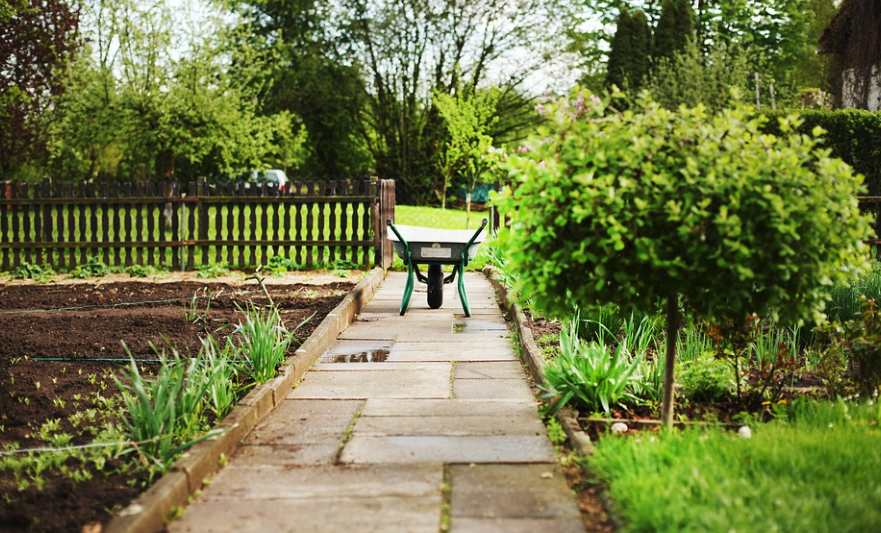
Here are some of the tools you’ll need:
Graph paper and pencil: For diagramming the yard, label distances between structures
Sun chart: Record how long each section of your space gets sun throughout a normal summer day
Wheelbarrow: For carting materials, you’ll be doing a lot of this, so check out this guide on repairing wheelbarrow tires when you need to, or buy cheap wheelbarrow tires to replace irreparable tires
Hand tools: You’ll need to break up the soil for planting, and you’ll need pruning shears later on
Mulch and compost: An inch or two of compost integrated six inches below the surface will help water retention in arid zones; about three inches of mulch on top of soil will limit weed growth and moderate soil temp.
Trailer: If you’re going to be doing a lot of Xeriscaping, you’ll need a trailer for hauling materials; make sure trailer tires are in good shape
One of the great things about Xeriscaping is that power tools are optional. You may want a hedge trimmer for shrubs and a mower for grassy spaces, but other than that, you can do trimming by hand.
Tires and Xeriscaping
Do you have any worn-out tires in need of a home? Xeriscaping provides the perfect opportunity to reuse them. Tires inevitably wear out, and when you replace them, there’s a disposal fee. Sending tires to the recycling plant requires energy; if they aren’t recycled, 11 percent end up in landfills. Upcycling your tires saves you the disposal fee, reduces energy usage, and keeps them from wasting space in landfills.
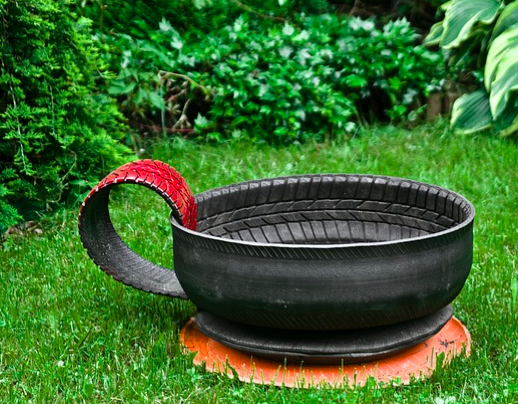
Here are some great ways to include tires in your Xeriscaping:
- Use them as planters: You can make a fantastic raised garden; just be aware you’ll have to use power tools and a sharp knife
- Make rubber mulch: This helps the ground retain moisture and keeps weeds from growing; you can do it yourself in 6 steps
- Make retaining walls: If you have any sharply sloping areas where you’re xeriscaping, a retaining wall will hold soil and maintain the integrity of the slope; architect Ken Anderson uses tires to make retaining walls up to 25 feet high.
- Make tire swings
- Make hanging flower containers.
- Make paths: Tire rubber makes a porous surface flexible for tree roots, non-slip, and easy on the feet; check for a rubber pathway manufacturer in your area.
There are so many ways to upcycle tires, so use your imagination. Tires are good for Xeriscaping because rubber is resilient. It can corral soil, hold up for a long time as mulch, and let water through while maintaining consistency and strength.
Xeriscaping: A Quick Refresher
At its core, Xeriscaping is a landscaping technique dedicated to water conservation. It employs drought-tolerant plants and water-efficient methodologies. The goal? Create mesmerizing gardens that demand minimal water, reflecting nature’s resilience and beauty.
Where Tires Meet Xeriscaping
You might be thinking, “What do tires have to do with gardening?” The answer lies in sustainability.
- Recycled Rubber Mulch: Recycled tires can be transformed into rubber mulch, a fantastic alternative to traditional wood chips in xeriscaped gardens. Not only does it retain moisture efficiently, but it also deters weeds and pests.
- Tire Planters: Repurpose old tires by turning them into unique planters. Painted and stacked, they add a creative flair to xeriscaped gardens, championing the reuse and recycle ethos.
Choosing the Right Tires with Xeriscaping in Mind
Opting for tires with long life and durability ensures fewer replacements, leading to fewer tires in landfills. Tires Easy prides itself on offering such efficient tires, harmonizing with the sustainable spirit of Xeriscaping.
The Future is Green, and It’s Rolling
As our world moves towards greener practices, it’s intriguing how seemingly unrelated areas, like tires and gardening, intersect. Xeriscaping isn’t just a gardening trend; it’s a statement, a commitment to sustainability. Similarly, the choice of efficient, long-lasting tires reflects an eco-conscious mindset.
The Environment Will Thank You
The key to effective Xeriscaping is grouping drought-resistant plants in arid zones and plants that require more water in oasis zones. In transition zones, choose plants that don’t require much water but more than arid zone plants. Follow the natural design best practices throughout.
You’ll strategically turn your space into a well-arranged garden that mimics how plants grow in your native environment. Xeriscaped lawns are vibrant and healthy, conserve water, and limit the use of fossil fuels. That’s a win-win for you and the environment. For a step-by-step guide, check out the Wiki on Xeriscaping.
Conclusion
The path to sustainability is paved with conscious choices whether it’s your garden or your vehicle, every decision matters.
Ready to make a change?
Explore Tires Easy’s range of efficient tires that complement the Xeriscaping revolution. Because when you choose sustainability, both nature and the road ahead thank you.
The intersection of Xeriscaping and efficient tire usage underscores the boundless possibilities of sustainability. From water-conserving gardens to eco-friendly tire choices, every step towards a greener future counts. As we embrace the Xeriscaping revolution, let’s also reconsider our choices on the road.
Tires Easy champions this sustainable journey, proving that with informed decisions, both our gardens and journeys can tread lightly on the earth. Embrace the revolution with Tires Easy, where landscaping and tire choices meet sustainability.
FAQs
How do tires relate to the concept of Xeriscaping?
Tires and Xeriscaping converge on the principle of sustainability. Recycled tires can be transformed into rubber mulch, a beneficial element in xeriscaped gardens. They retain moisture, reduce weed growth, and deter pests, making them a sustainable addition to water-conserving landscapes.
Can rubber mulch from recycled tires be used in xeriscaped gardens?
Yes! Rubber mulch made from recycled tires is an excellent choice for xeriscaped gardens. Its moisture retention capabilities mean less frequent watering and its durability ensures longevity, further complementing the principles of Xeriscaping.
How does Xeriscaping complement the ethos of recycling tires?
Xeriscaping emphasizes water conservation and sustainable gardening. Similarly, recycling tires into garden components, like rubber mulch, champions the cause of reuse and resource optimization. Both embrace environmental responsibility and resource efficiency.
Are there any concerns about using rubber mulch from tires in Xeriscaping?
While rubber mulch offers several benefits, like moisture retention and weed deterrence, some gardeners express concerns about chemicals leaching from the mulch into the soil. It’s essential to source high-quality, non-toxic rubber mulch and regularly monitor the health of plants and soil when integrating it into a xeriscaped garden.
How do efficient tire choices reflect the spirit of Xeriscaping?
Just as Xeriscaping prioritizes sustainability and resource conservation in landscaping, choosing efficient, long-lasting tires reflects an eco-conscious mindset in driving. Both decisions signify a commitment to reducing environmental impact and promoting sustainability.
-
Writer





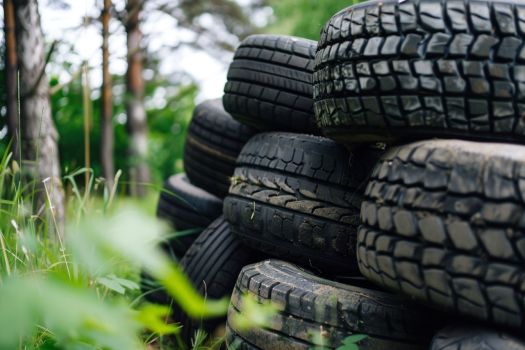
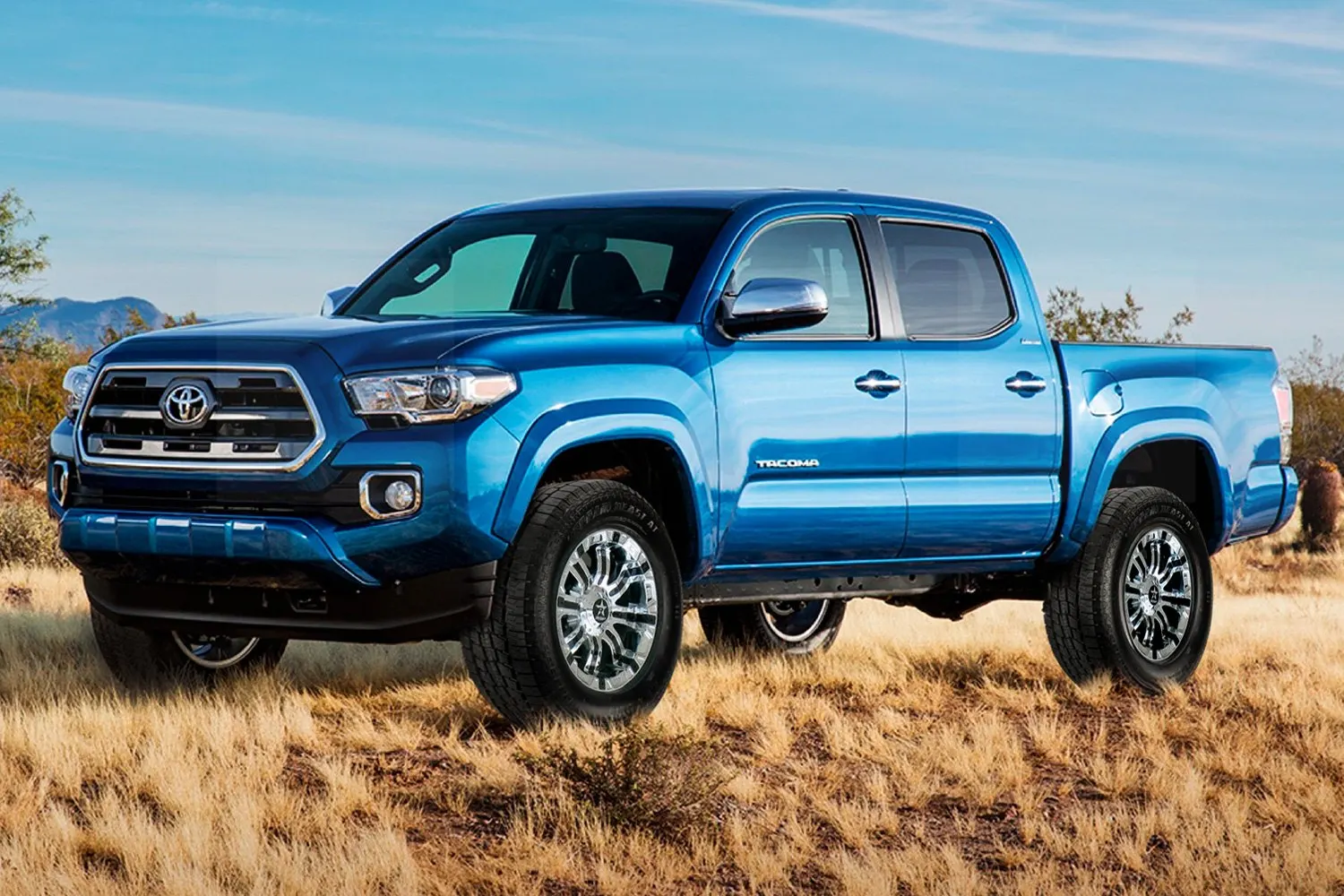
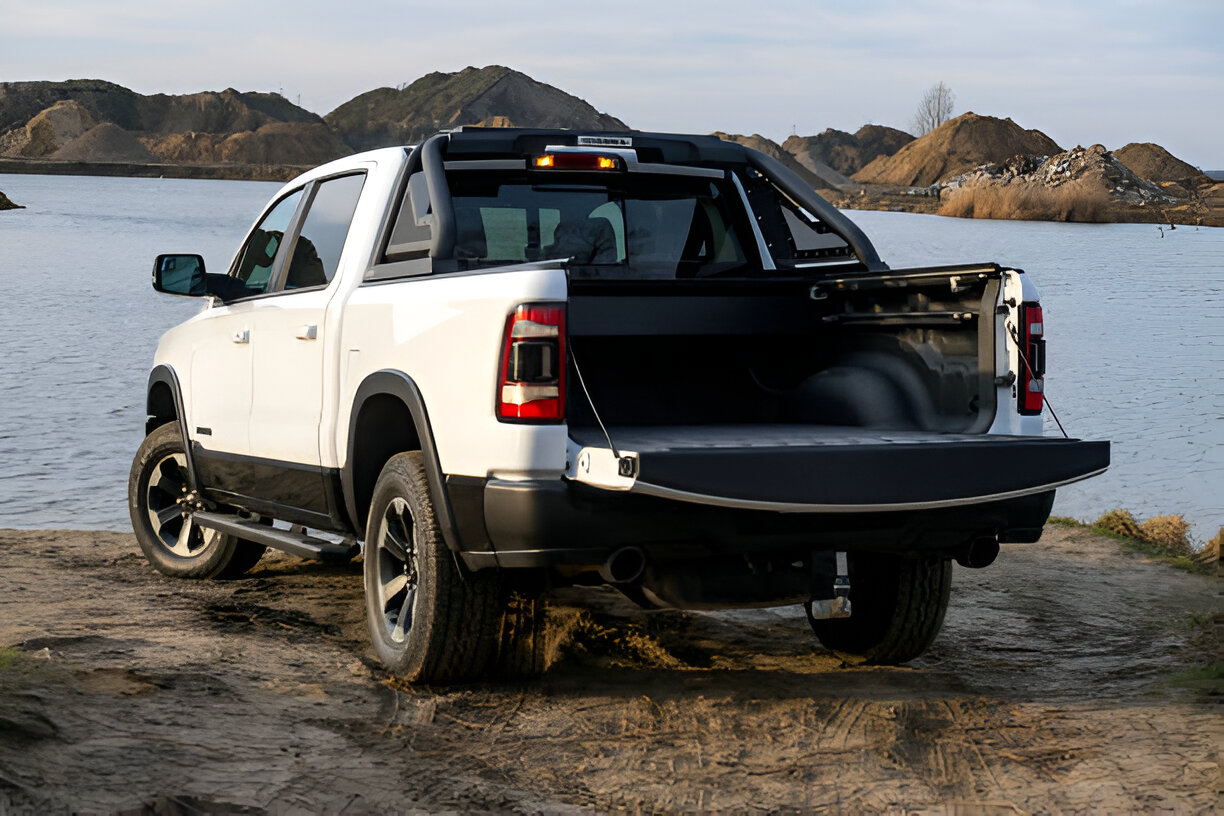
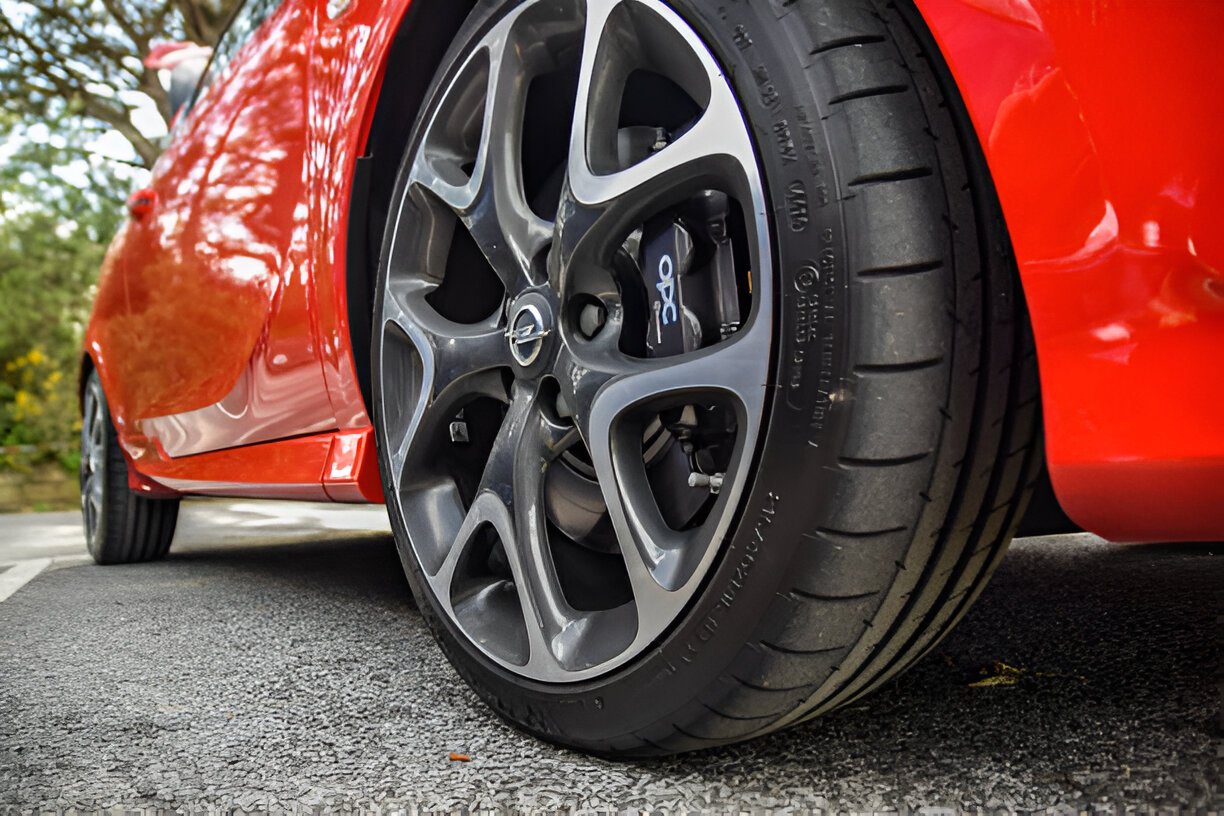

 English
English Français
Français Español
Español